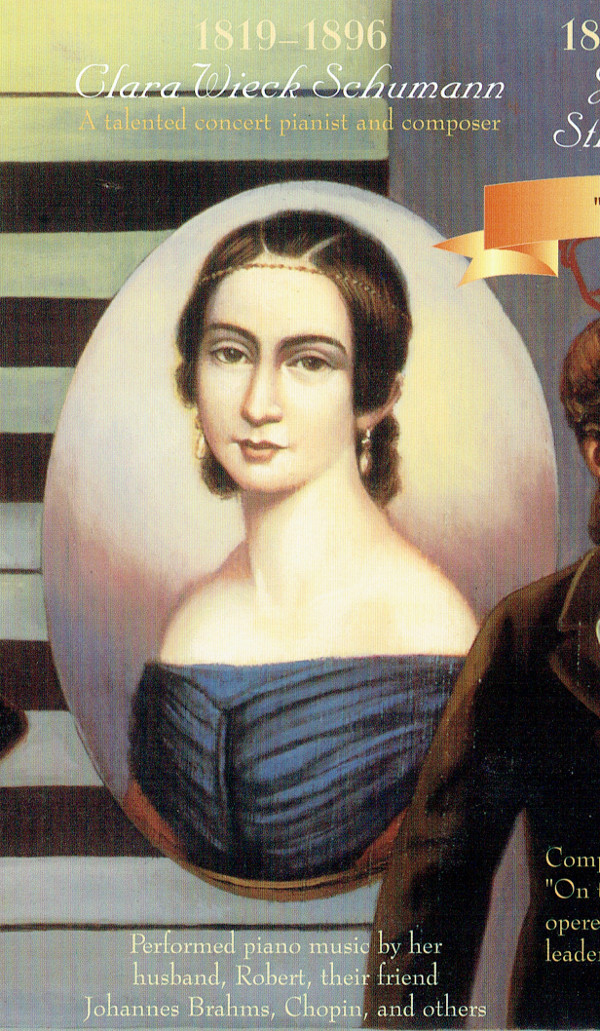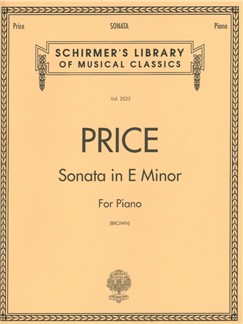Next week is the first anniversary of the History Hunt series. My first post was made on January 16, and featured a short paragraph on Tibors de Sarenom. When I started the series, I thought that writing a little about my chosen forgotten musicians would be enough to inspire my readers to go out and learn more about them. But quickly I realised that it wasn’t just that these musicians had been forgotten: the information about them is scattered about the internet. Sometimes the write-ups about them that exist are conflicting and it would take some work to find the truth. Sometimes there’s no way to find the truth at all with the information available. And so my History Hunt posts grew and grew.
That was fine when I first moved to Ottawa: my studio was small, and so I had more time to devote to research. But as I gain more students by the week, my research time has reduced. Researching for and writing a 1000-word article every single week has become impractical, especially since it’s important for me to integrate what I’ve learned into my own teaching.
And so, for the next few months at least, my History Hunt articles will be appearing once every two weeks. I’ll be using my week “off” to ensure that the students of my studio gain a well-rounded understanding of music history and learn music that’s far more representative of the musical world, both past and present. And my first project will be this:

What’s wrong with this picture?
Remember this picture, and how it was all about Clara Schumann performing music by her male friends and family? Well, I’ve fixed it! For those who can’t read my handwriting in the header image, it says:
“A child prodigy who was one of the first to adopt performing by memory and whose brilliant performances were so loved that flowers were thrown at her feet at her 50th anniversary concert.”
Over the next few weeks, I’ll be making sure to add to my poster so that my students can see for themselves what a varied place Western Classical music history really is. And I’ll keep you all updated on how it goes!
Until next time!






